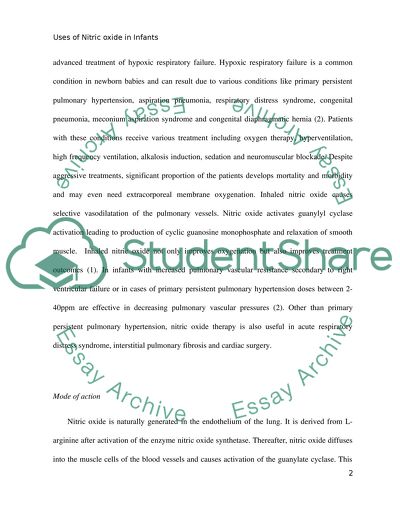Cite this document
(“Use of Nitric Oxide in Infants Research Paper Example | Topics and Well Written Essays - 2000 words”, n.d.)
Use of Nitric Oxide in Infants Research Paper Example | Topics and Well Written Essays - 2000 words. Retrieved from https://studentshare.org/health-sciences-medicine/1473921-use-of-nitric-oxide-in-infants
Use of Nitric Oxide in Infants Research Paper Example | Topics and Well Written Essays - 2000 words. Retrieved from https://studentshare.org/health-sciences-medicine/1473921-use-of-nitric-oxide-in-infants
(Use of Nitric Oxide in Infants Research Paper Example | Topics and Well Written Essays - 2000 Words)
Use of Nitric Oxide in Infants Research Paper Example | Topics and Well Written Essays - 2000 Words. https://studentshare.org/health-sciences-medicine/1473921-use-of-nitric-oxide-in-infants.
Use of Nitric Oxide in Infants Research Paper Example | Topics and Well Written Essays - 2000 Words. https://studentshare.org/health-sciences-medicine/1473921-use-of-nitric-oxide-in-infants.
“Use of Nitric Oxide in Infants Research Paper Example | Topics and Well Written Essays - 2000 Words”, n.d. https://studentshare.org/health-sciences-medicine/1473921-use-of-nitric-oxide-in-infants.


